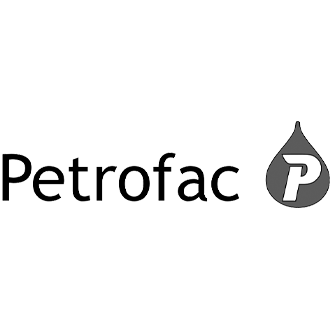Panzura vs. Nasuni
Panzura CloudFS and Nasuni both provide robust hybrid cloud file platforms for NAS consolidation, multi-site collaboration, and cloud storage. However, their architectural differences create distinct business values and ROIs tailored to diverse organizational needs.
Global Collaboration Performance & Productivity
Panzura's mesh architecture and local file lock ownership slash latency for distributed teams.
For businesses depending on real-time collaboration, especially when working with large files (like CAD or video editing), this means higher productivity, faster project completion, and a clear ROI through accelerated workflows.
Ransomware Resiliency & Business Continuity
CloudFS offers unparalleled ransomware resilience through real-time, user-level detection and immutable data with 60-second global recovery points.
This proactive, granular protection ensures minimal downtime, negligible data loss, and vastly reduced recovery costs. Plus, FIPS 140-3 certification meets stringent security and compliance demands, making CloudFS ideal for highly regulated industries.
Deployment Flexibility & Cloud Independence
CloudFS offers superior deployment flexibility, supporting private secure sites and requiring no cloud or third-party dependencies.
CloudFS lets organizations choose from diverse object storage providers and virtual environments. This translates to optimized cloud egress costs, no vendor lock-in, and more effective leveraging of existing cloud investments, driving better long-term ROI.
The best features of the Panzura CloudFS solution include collaboration, which is my top priority and top feature. No one else provides this as effectively.
— Technical Expert
Global Manufacturer, 10,000+ employees
What I appreciate the most about Panzura CloudFS is that it just works; it provides enterprise-level application across all our offices and simplifies administration.
We've been able to increase network resilience. We've had double-digit growth for years now, and Panzura helped us achieve that.
— Dragan Lazic
IT Manager, The Gateway Engineers
Previously, we had latency issues with syncing up files between offices. Files were not locked, leading to overwrites which cost us literally hundreds of thousands of dollars in lost time and revenue. Since transitioning to Panzura, it has been like a night-and-day difference.
— Andy Knauf
CIO, Mead & Hunt
Panzura vs. Nasuni
| Panzura | Nasuni | |
| Speed & productivity | CloudFS achieves immediate file consistency, everywhere. Multiple users can even work on the same file concurrently without conflict — a game-changer for competitive industries. | Users wait for 1-5 minutes per site for files to eventually become consistent. 5 sites = 5-25 minutes. 10 sites = 10-50 minutes. |
| Resilience | Immutable data and recovery to a point that's never more than 60 seconds old, anywhere. Snapshots can be configured and retained to your requirements. | Immutable data and recovery to a point up to 5 minutes old, per volume, which can mean more data loss. Frequent snapshots impact file operations, so you have to choose between risk and performance. |
| Protection | CloudFS scans for ransomware in real time and shuts it off at the least-disruptive user level. | Slower to detect ransomware and shuts off ransomware at the location level, disrupting all connected users. |
| Security | CloudFS is FIPS 140-3 certified for military-grade encryption of data at rest and in flight. | Has cloud dependencies, so does not hold this stringent level of certification. |
| Optimization | Moves the smallest possible amount of data over the shortest possible distance, optimizing speed and bandwidth usage. Immediate peer-to-peer data exchange for all locations. | Moves larger amounts of data, less frequently, from the edge into the cloud. Locations can only exchange data via the cloud store, which prevents direct real time communication. |
Ranked #1 Innovator in Frost Radar™, Hybrid Cloud 2025 Get the Report
Trusted for mission-critical data worldwide.










Ready to take a look?
Stop struggling with uncontrolled unstructured data growth and sprawl. Open up visibility, resilience, and immediacy with intelligent hybrid cloud solutions that put you back in control.
